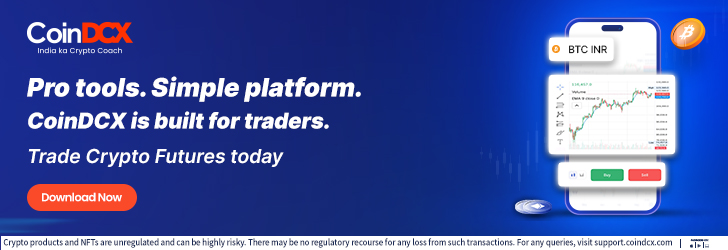Stablecoins have emerged as a popular asset within the crypto industry, providing stability and facilitating various financial transactions. This article delves into Gemini Dollar and discusses some market trends and challenges for stablecoins. In the evolving stablecoin panorama, the role of advanced platforms like the ThoreNext automated bot, is becoming increasingly crucial. Read more and explore its features now!
A Deep Dive into Gemini Dollar
Gemini Dollar is a stablecoin that has gained significant attention in the crypto market. Unlike volatile cryptocurrencies like Bitcoin, Gemini Dollar is designed to maintain a stable value, making it an attractive option for users who want to avoid price fluctuations.
One of the key features of Gemini Dollar is its price stability mechanism. It achieves this by pegging its value to the US dollar at a 1:1 ratio. This means that for every Gemini Dollar in circulation, there is an equivalent amount of US dollars held in reserve. The transparency of this reserve is crucial in building trust among users and ensuring the stability of the stablecoin.
In addition to price stability, Gemini Dollar also prioritizes regulatory compliance. It operates under the oversight of the New York State Department of Financial Services (NYDFS) and follows strict guidelines to ensure compliance with anti-money laundering (AML) and know-your-customer (KYC) regulations. This regulatory framework provides users with a higher level of confidence and security when using Gemini Dollar.
Currently, Gemini Dollar has gained traction in the market, with several cryptocurrency exchanges and platforms listing it as a supported asset. Its wide adoption is a testament to the increasing demand for stablecoins and the recognition of Gemini Dollar’s credibility within the crypto community.
Looking ahead, Gemini Dollar has the potential for further growth and expansion. One area of opportunity is the integration with decentralized finance (DeFi) platforms. By allowing Gemini Dollar to be used in lending, borrowing, and other DeFi protocols, users can access the benefits of decentralized finance while maintaining the stability offered by the stablecoin.
Moreover, Gemini Dollar can explore partnerships with financial institutions and payment processors to expand its use cases. Collaborations with established players in the traditional finance sector can help bridge the gap between traditional and digital currencies, bringing stability and convenience to a broader audience.
Market Trends and Challenges for Stablecoins
Stablecoins have witnessed significant growth and adoption within the cryptocurrency ecosystem. These digital assets are designed to maintain a stable value, making them an attractive option for various use cases such as remittances, trading, and even as a store of value. However, along with their increasing popularity, stablecoins also face certain market trends and challenges.
One notable market trend for stablecoins is their growing role in facilitating cross-border transactions. As traditional banking systems can be slow and expensive for international transfers, stablecoins offer a faster and more cost-effective alternative. This trend has led to increased adoption of stablecoins, particularly in regions where access to banking services is limited.
Moreover, stablecoins have become a fundamental building block within the decentralized finance (DeFi) ecosystem. DeFi platforms leverage stablecoins to provide various financial services such as lending, borrowing, and yield farming. The ability to earn interest or collateralize stablecoins without being exposed to volatility has attracted a substantial user base within the DeFi space.
However, along with these trends, stablecoins also face several challenges. One significant challenge is regulatory considerations. As stablecoins gain prominence, regulators around the world are actively examining their legal status and potential risks. Ensuring compliance with existing regulations, particularly regarding anti-money laundering (AML) and know-your-customer (KYC) requirements, is crucial for stablecoin issuers to maintain a favorable regulatory environment.
Another challenge is the competitive landscape. With the increasing demand for stablecoins, numerous projects have emerged, each offering their own unique features and value propositions. This competition can make it challenging for any single stablecoin to maintain a dominant market position. Stablecoin issuers must differentiate themselves through technological innovation, partnerships, and user adoption to stand out in a crowded market.
Additionally, stablecoins face criticisms and potential risks. Some concerns relate to the centralized nature of certain stablecoins, as the control and management of reserves are held by a single entity. This concentration of power raises questions about the transparency and auditability of reserves, potentially leading to trust issues among users. Ensuring transparency and independent audits of reserves can help address these concerns and build trust in stablecoins.
Conclusion
By embracing DeFi integration, expanding use cases, and addressing concerns surrounding transparency and regulatory compliance, Gemini Dollar can solidify its position in the stablecoin ecosystem. Navigating regulatory landscapes and staying ahead of market trends will be crucial for Gemini Dollar’s long-term success, as it continues to shape the future of stablecoins.






